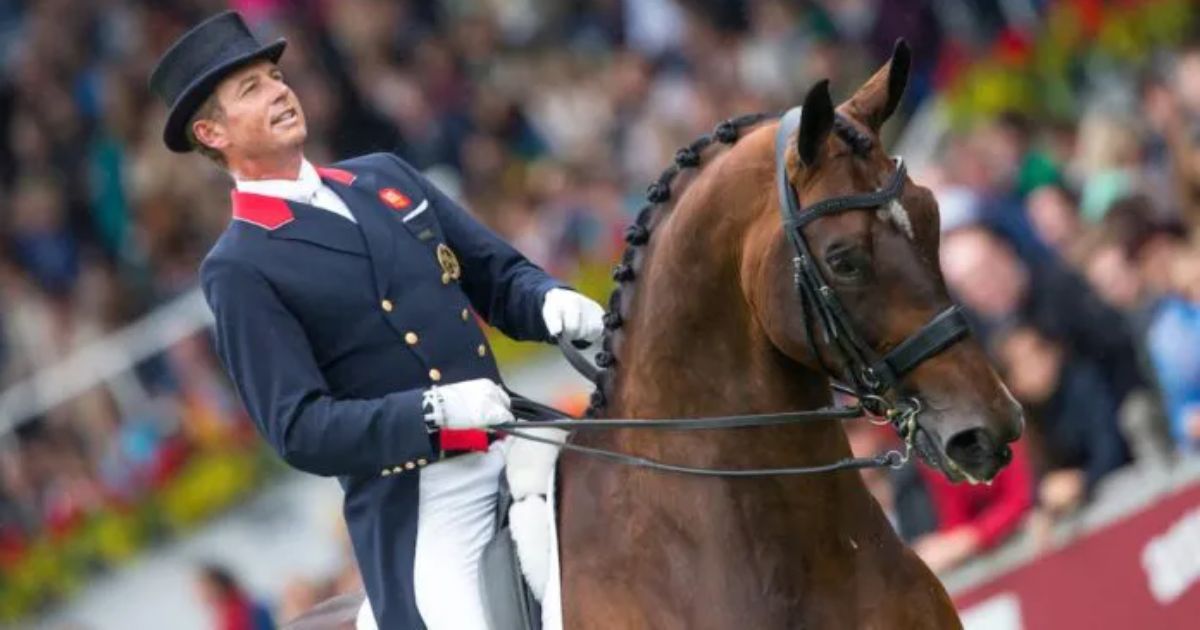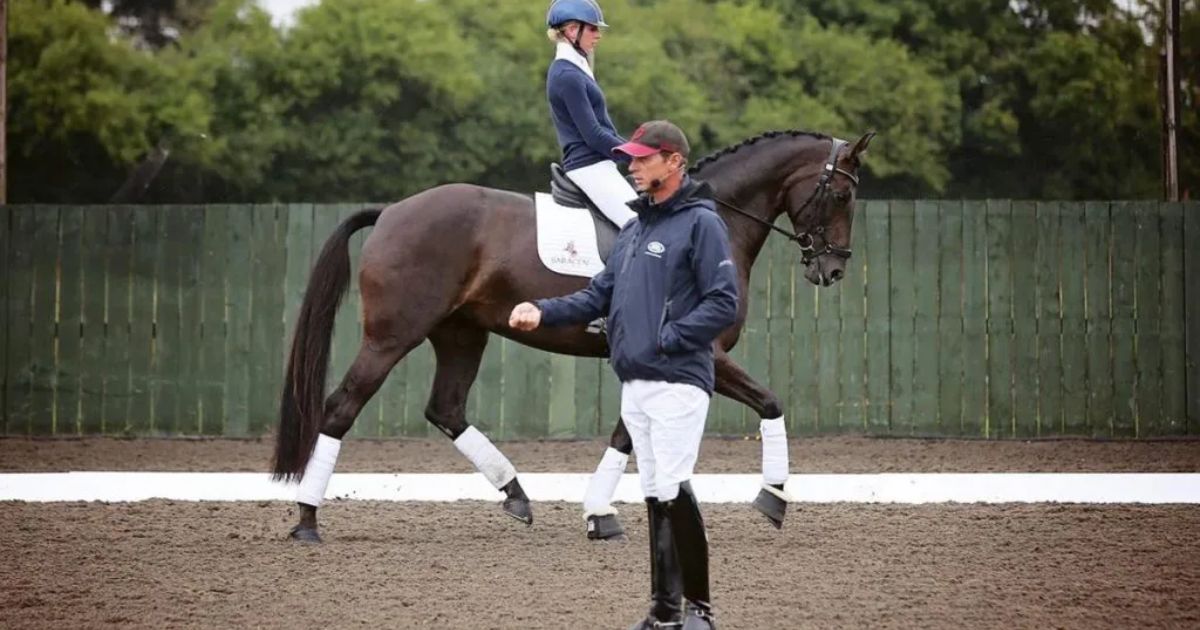Menu

The competition season is gradually getting underway again, and therefore, in the coming weeks, we will focus on tips and tricks in dressage that can improve your results at the competition grounds. Carl Hester has previously shared his training advice during his masterclass at the Royal County of Berkshire Polo Club in England, where he has held a clinic. We bring you 8 effective training tips from Carl, which he believes too many riders forget, but, if ingrained in their backbone, can significantly improve your results.

“Sitting in the middle of the horse is important for balance just as standing upright is crucial for your balance when you are on the ground,” says the Olympic gold medalist. “Your heel, hip, and shoulder should all be in a straight line. Remind yourself that it's the combination of you and your horse that makes you look elegant in dressage, not the rider or the horse alone.”
Read also: 6 tips for clipping without force and insecurity
Whether it's required in your dressage program or not, lateral work will help you develop flexibility in the horse. The lateral exercises consist, for example, of leg-yielding, shoulder-in, and travers among others.
“You can tell a horse is flexible when it moves sideways without changing the rhythm,” points out Carl, who recommends riding your lateral exercises in trot or canter. “The benefit of getting the horse to move sideways for the leg is very significant. Even though they are not used much in canter in the programs, they are super useful to train at home if you want to teach your horse to develop shoulder freedom.”
“It's fundamental for everyone - all types of horses and all types of riders,” says Carl, emphasizing that any horse can learn to make a straight halt, thereby scoring a few valuable marks. He recommends getting someone on the ground to help you get it right and always remember to ride into your halt so the horse stands straight on all four legs. “All corrections should be made by riding forward,” he adds. “Backing the horse up to correct a poor halt is not correct.”
“Everything in a dressage program starts from a corner, and it's very telling about a rider if they can ride their corners sensibly,” says Carl, who recommends the following exercise at home to help you and your horse ride properly into the corners: Canter up the long side. Ride into a halt as far out in the corner as you can. Use the inside rein to turn the horse 180 degrees and ride back in canter down the long side. Carl also frequently uses this exercise himself when teaching his horses to ride into the corners.
Read also: Teach your horse to pee on command
“The difference between a good rider and an average rider is not only how they sit but also how they think,” says Carl. “Count the number of canter strides your horse takes on the short sides. This way, when you ride a serpentine with transitions on the centerline, you can count your strides and know exactly when you cross the center without looking for the letters,” he suggests. This creates a more harmonious impression.
“If your horse is self-carried, you should be able to let go of the reins and the contact at the front, without it losing its balance. But how many people ever do that at home?” asks Carl. Incorporating this exercise at home, even in three steps at a time, will help you get an idea of where you are in your training. It also allows your horse to relax its mouth, which in the end makes it softer in the mouth.”
“You cannot expect good transitions in a dressage program if you do not focus on getting them right every time at home,” points out Carl. “Every single transition should be ridden properly, even if it's right at the end of your riding session or to give your horse a break in walk.”
“Even if you have a terrible time on the course – and everyone does – take your horse back to the warm-up and just ride five minutes on a long rein, so you always finish on a positive note,” advises Carl.
Read also: Here's why a physical injury can change your horse's behavior.